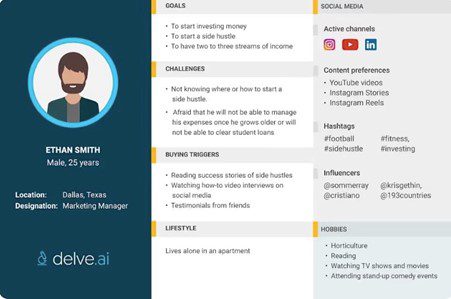What Can Scammers Do with Your Phone Number?
When cell phones first became popular, no one thought they’d become what they are today. For the first few years, it was …
Social media profiling involves the collection and analysis of data from social media platforms to create detailed profiles of individuals or groups.
Collected data can encompass a wide range of data points such as personal interests, behaviours, demographics and social connections.
To understand the scope of available data, consider that 20.8 million Australians maintain a presence on an average of 6.6 social media platforms each month.
While the process can yield valuable insights for businesses, it also raises multiple ethical and privacy-related concerns for the subject of profiling.
In general, social media profiling has distinct stages and starts when a user enters someone’s email or phone number into an intelligence tool.
The tool scours the internet for any social media account associated with the user (such as on Instagram, TikTok, Twitter or Facebook).
Information from these sources such as text, photos and videos is then combined to provide a more complete overview of the target.
Data is also obtained on the individuals:
Tools are then used to help the user identify patterns in the social data that reveal details about the target’s beliefs, interests, habits and relationships.
Here are some of the ways the data can be analysed to do just that.
Insights from the data analysis stage are then combined to form a persona. Think of personas as a fictional representation of an individual who, in a business context, may be the ideal customer or be part of the target audience.
In addition to details such as age, gender, hobbies and location, businesses may also build out the persona with information related to:

Social media personas may be used for a variety of purposes.
Perhaps the most obvious application is in marketing, where they are used to enhance user engagement and increase conversion rates.
Social profiling also furthers demographic and psychographic segmentation to develop hyper-targeted marketing campaigns that address customer needs and resonate with their various personality traits.
Other applications include:
Social media profiling is legal in the sense that it uses information the owner has consented to be made public.
However, the use of social media data for any purpose raises ethical concerns in terms of privacy and informed consent, with most users unaware that they have “participated” in the profiling process.
Data security can also be an issue. Companies that use social media profiling for marketing tend to create large databases of information, but these are prime targets for hackers who use the information as part of a scam to steal someone’s identity.
Lastly, the prevalence of AI in social media profiling increases the likelihood that an algorithm may misinterpret data and make an incorrect decision. This can result in missed opportunities for an individual. For example, an applicant may not progress to the interview stage of a recruitment process despite being qualified for the role.
When cell phones first became popular, no one thought they’d become what they are today. For the first few years, it was …
When Mr. Beauchamp watched a video of Elon Musk – the world’s richest man – recommend a certain investment platform to make …
Your company delivered the good or service it promised to a client and now it’s time to collect the funds owed to …
End-to-end B2B payment protection software to mitigate the risk of payment error, fraud and cyber-crime.